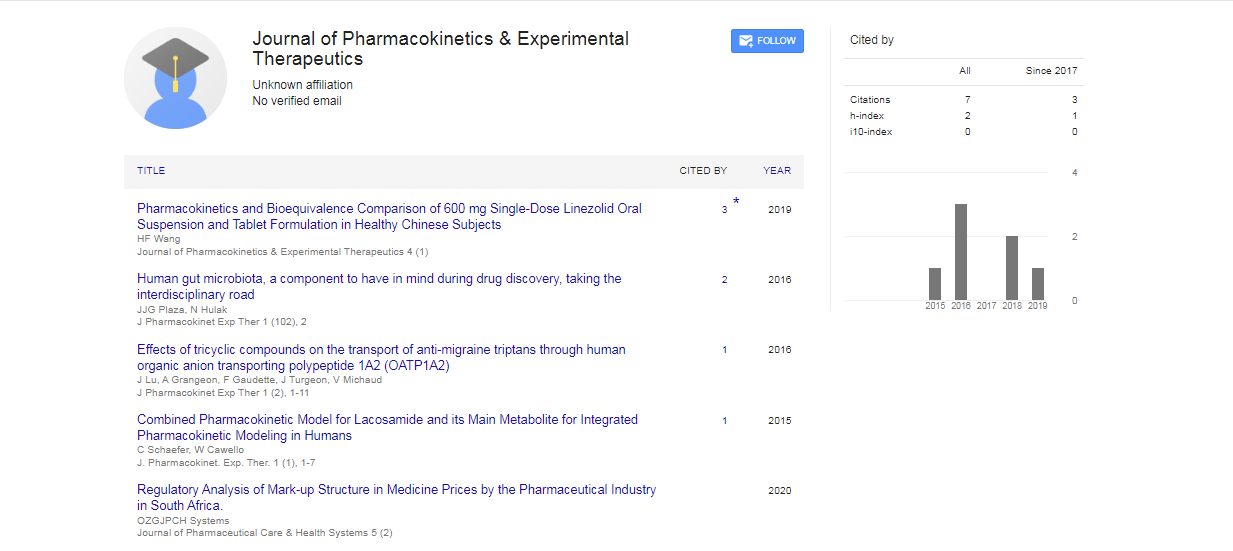In Rats, the Chemotherapeutic Drug Vincristine Induced Neuropathic Nociception is Suppressed When Cannabinoid CB1 and CB2 Receptors are Activated
*Corresponding Author:Received Date: Dec 01, 2023 / Accepted Date: Dec 30, 2023 / Published Date: Dec 30, 2023
Copyright: © 2024 . This is an open-access article distributed under the terms of the Creative Commons Attribution License, which permits unrestricted use, distribution, and reproduction in any medium, provided the original author and source are credited.
Abstract
Rats were used to test the potential of cannabis to reduce mechanical hypersensitivity, or mechanical allodynia,
which was brought on by vincristine chemotherapy. After that, action sites were located. Method of experimentation:
After ten daily injections of vincristine, mechanical hypersensitivity developed in comparison to those that received
saline at the same periods. The effects on chemotherapy-induced neuropathy were assessed for the CB1/CB2
receptor agonist WIN55, 212-2, the receptor-inactive enantiomer WIN55, 212-3, the CB2-selective agonist (R, S)-
AM1241, the opiate agonist morphine, and vehicle. To determine the locations of action, WIN55, 212-2 was injected
either locally in the hind paw or intrathecal (i.t.). By employing competitive antagonists for either CB1 (SR141716) or
CB2 receptors (SR144528), pharmacological selectivity was demonstrated. Vincristine-evoked mechanical allodynia
was decreased when WIN55, 212-2, but not WIN55, 212-3, were administered systemically. A change in the dose-
response curve to the left was noticed after WIN55, 212-2 in comparison to morphine therapy. Antibodies of CB1
(SR141716) and CB2 (SR144528) inhibited WIN55, 212-2's anti allodynic actions. Via a CB2 mechanism, (R, S)-
AM1241 reduced c-induced mechanical hypersensitivity. Without causing catalepsy, both cannabinoid agonists
reduced the mechanical hypersensitivity brought on by vincristine. Cannabis-induced neuropathy may be modulated
by cannabinoids at spinal sites of action. When delivered intra peritoneally, WIN55, 212-2 but not WIN55, 212-3
inhibited vincristine-evoked mechanical hypersensitivity at dosages that were inert after local hind paw injection. Spinal co-administration of CB1 and CB2 antagonists inhibited WIN55, 212-2's anti-allodynic effects. By activating CB1 and CB2 receptors, cannabinoids inhibit the maintenance of vincristine-induced mechanical allodynia. The spinal cord is involved in the mediation of these anti-allodynic actions, at least partially.

 Spanish
Spanish  Chinese
Chinese  Russian
Russian  German
German  French
French  Japanese
Japanese  Portuguese
Portuguese  Hindi
Hindi 
